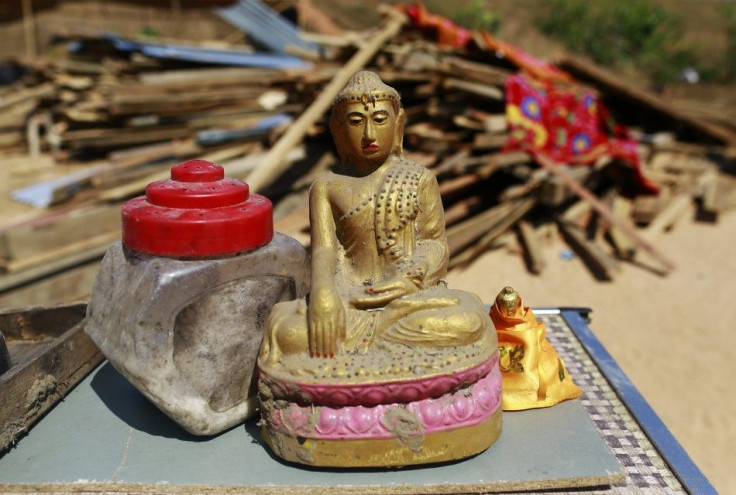Giant Buddha Statue Receives Gov't Approval in South Australia

Buddhists from South Australia are going to be rewarded for the patience they showed for 20 years as the state government's Development Assessment Commission has approved the creation of a giant Buddha statue made of bronze at Sellicks Hill.
An appeal to build such a statue has been in the contention since 1997 as $15 million was the amount required to build the sculpture. The appeal was launched by Nan Hai Pu Tuo Temple association, The Herald Sun reported. According to Lee Chew, the spokesperson of the association, the decision comes as a relief after being patient for such a long time.
Mr Chew said that they felt "very, very good" regarding the decision. He also added that the temple would be a really big one after completion. There will reportedly be a Buddha statue which will be 18m tall as well as a pagoda which will be 35m high. Additionally, there will be a Chinese garden and a temple. The establishment will be built on Cactus Canyon Road. The design of the entire formation will conform to the sea and hills in the area while feng shui principles will be followed to make the design.
Even though the proposal started in 1997, it got its premiere status only in 2008. There have been community oppositions and development roadblocks over the years which prevented the approval of the appeal. According to Mr Chew, the very first thing that should be done after getting the approval would be to make a road which will connect Cactus Canyon Road with Main South Road to help manage traffic.
The building of the road is expected to be done in three months, while the completion of the whole project is anticipated to be done in five years. The construction of the statue and temple is likely to create job vacancies for local people. According to Mr Chew, the establishment will attract around 20,000 visitors every year.






